Spanish Meal Time Is No Joke! The 5 Customs You Need to Know
September 6, 2022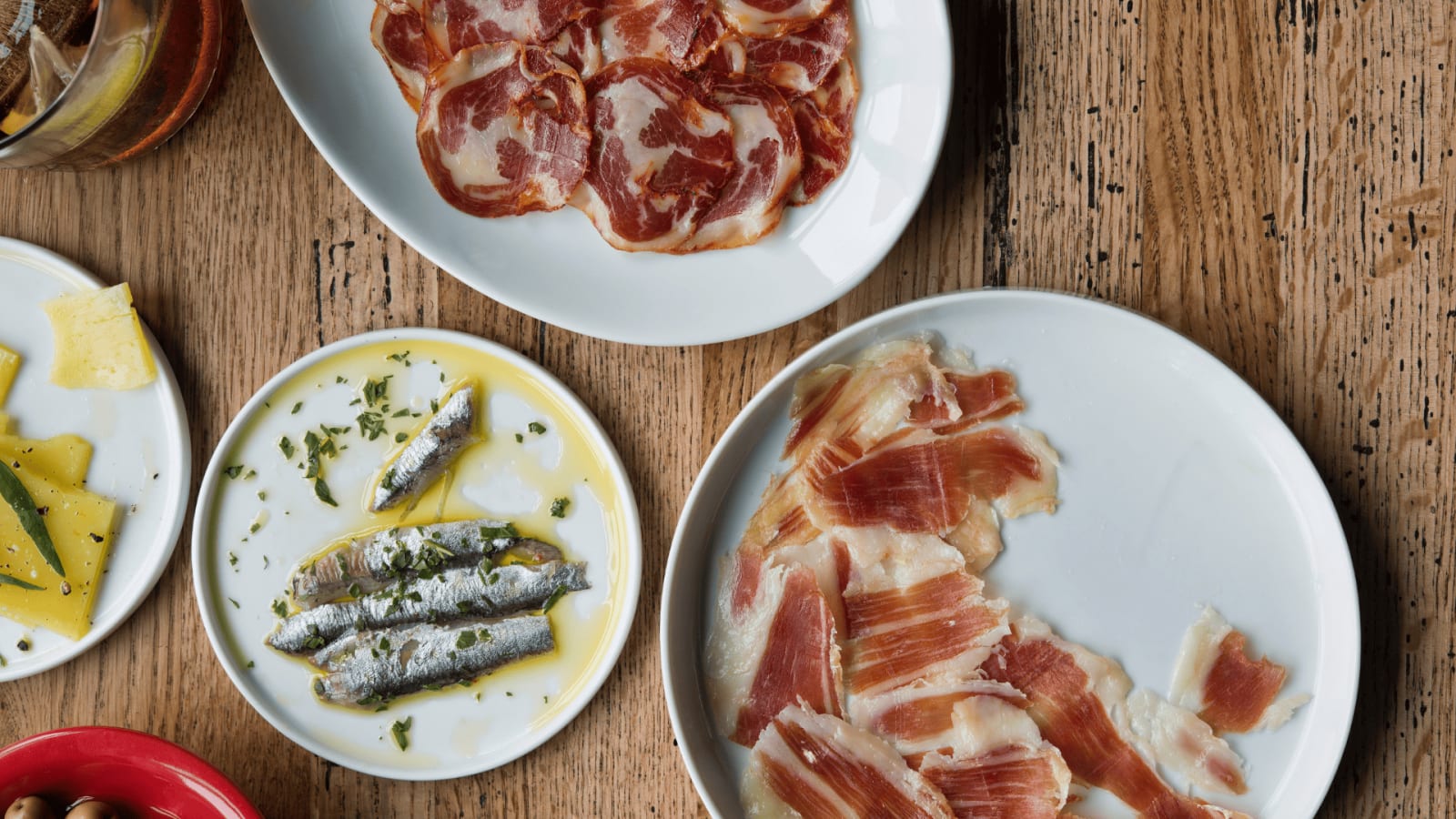
Win a FREE Trip to Spain!
Exciting Announcement! For the first time, we're thrilled to offer exclusive trips to the heart of Spain - an experience like no other. This isn't your typical tourist journey; it's a unique opportunity to immerse yourself in authentic Spanish culture, alongside real locals and our passionate team.
But there's more! Simply by requesting information about this amazing trip, you'll be entered into a special draw to win a Fully Paid Trip to Spain for Two. And that's not all - everyone who inquires will receive an exclusive bonus gift, valued at $500, available only now.
Ready to Discover the Real Spain?Click Here ↑ to Request Information & Enter the Draw!
As a kid, didn’t you dream of a land with infinite food? If you did. Your dreamland is Spain.
Just like Italy, Spain is a country of great food and wine. And, if you visit us, you will delight yourself with something different EVERY DAY. That is what we experience daily: different types of food five times a day.
This brought the question: can foreigners adapt to the Spanish lifestyle? Here’s what people say about it:

Meal times are no joke for us. We do them ALL (most of the times). And, it is very important that you know them to avoid any confusion when visiting.
So! Prepare your belly ‘cause here is everything you need to know to eat like a Spaniard.
Table of Contents ▼ ▶
1. El Desayuno or Breakfast
Have you ever heard the phrase: “Breakfast is the most important meal of the day”? I bet you have. For me, this is true, but for some Spanish is a meal they can afford to skip. It is very understandable if some do so.
The average Spanish goes to sleep between 00:00 and 1:00 am, only to wake up around 7:30, and be at work at 8:30- 9:00. And that is if you live close by. There are a lot of Spanish fellows doing long commutes that doesn’t leave them a lot of choice but to skip breakfast.
Okay… I am getting distracted with our bedtimes, which is a whole other issue in our culture. But we already talked about that here.
Getting back to our meal times. In Spain, breakfast is taken between 7:00- 9:00 at home or in traditional coffee shops. By “traditional” I mean coffee shops that open super early for the working people that need to be filled before work.
“El Desayuno” is the smallest meal in a Spanish daily routine. We don’t eat much compared to the American breakfast that people see in movies.
A Spanish breakfast consists of the following:
- Baked goods (always) such as croissants, muffins, or toast.
- Orange juice
- “Café con leche” or coffee with milk
Here is a tip! Most traditional cafes don’t have “cappuccinos”, so be sure that you order a “Cafe con leche” or coffee with milk. The barista might also ask you if you like your milk “caliente” (hot) or “templada” (mild). If you are in a rush, I recommend you to ask for mild milk, otherwise, your tongue will suffer and your body will have to wait a bit to get the caffeine.
As I told you before, I truly enjoy getting my breakfast in before work. And this is what I usually get: “pan tumaca” or toast with crushed tomatoes. Sometimes I will add avocado (not very Spanish) or jamón serrano (very Spanish).
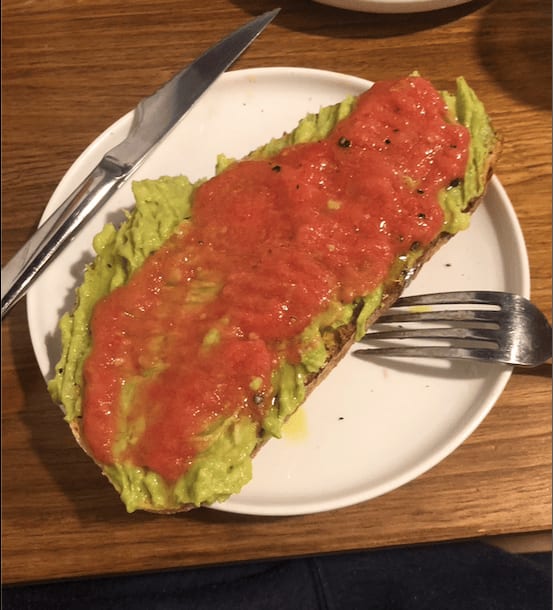
2. El Almuerzo or Mid-morning Snack
This is the meal breakfast is usually jealous about. I mean, imagine getting to work at 9:00 with nothing in your body to get you through the day. Not possible. I know. But that is exactly why we have “almuerzos”.
So, the “almuerzo” or mid-morning snack is a small pause that we usually take with colleagues at work. If you ever work in Spain and your coworkers suddenly stop what they are doing and leave the office at 11:00, don’t panic! It’s okay to go with them and not get fired.
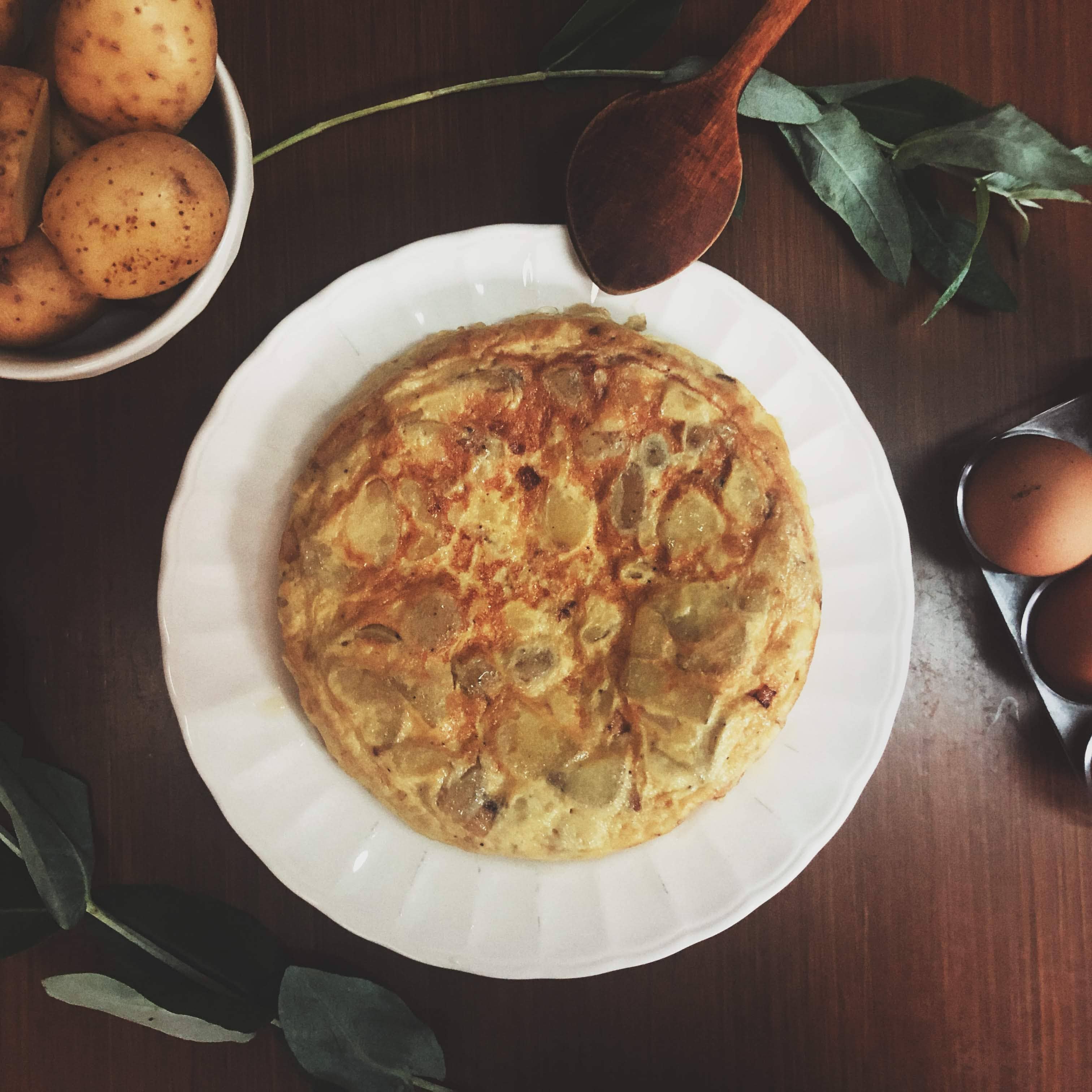
The “almuerzo” is taken between 10:30- 12:00 at bars or traditional coffee shops.
This again is a light meal, but also a lifesaver. Compared to other countries, in Spain, people begin their lunchtime at 14:00, so some food is needed to survive the day. There is where “almuerzo” comes in and that is why breakfast can get jealous. This meal is the bridge between breakfast and lunch.
And, what do we eat? The food is not so different from the actual breakfast but there are some variations:
- Bocadillos. These are traditional Spanish sandwiches. The most common type is made with some thin baguettes, “jamón serrano”, tomato, and olive oil.
- Tortilla de patata or Spanish omelette. These are made out of potatoes and eggs and its DELICIOUS. You can also turn this into a bocadillo by putting the tortilla inside the baguette.
- Baked goods
- Coffee
- Juice
As this meal is closer to lunchtime, people are more flexible with their options. In some cities of Catalonia, they even get some cava to add excitement to the day.
3. La Comida or Lunch
LUNCH. The most important meal of the day in Spain is “la comida”. It is so important we could even dedicate 2 hours to eat appropriately. This is the meal all meals are jealous of because it’s filling, and relaxing, and people never skip it.
“La comida” is eaten between 14:00- 16:00 in the office, at home, or in restaurants.
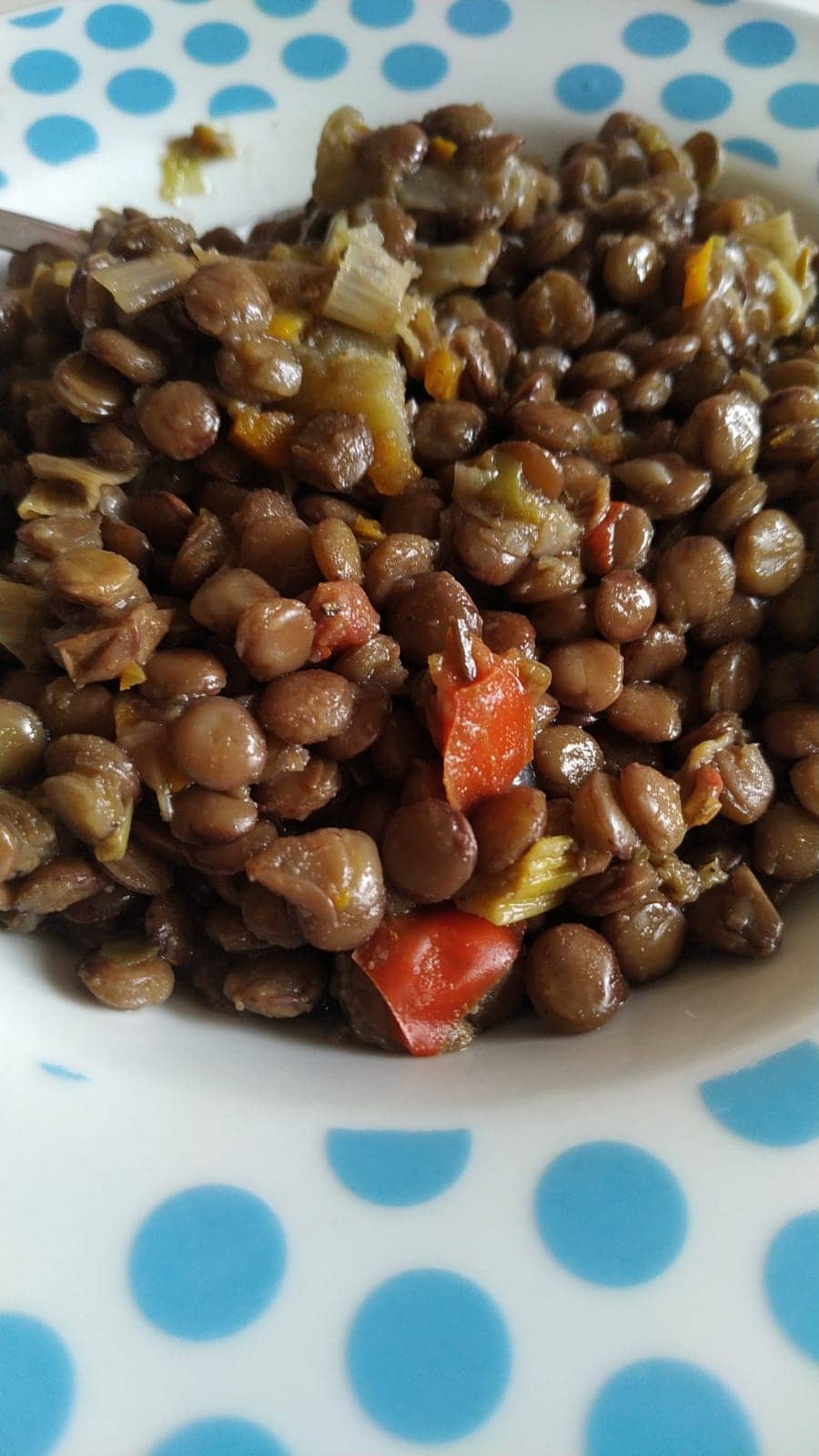
The rapid pace of people’s routines has reduced their time for lunch. Especially those who do long commutes to their offices. But, most Spaniards respect their lunchtime and dedicate a great amount of time to enjoy it. “La comida” is the biggest meal of the day and is usually followed by “la sobremesa” (table- talk) or “la siesta” (napping).
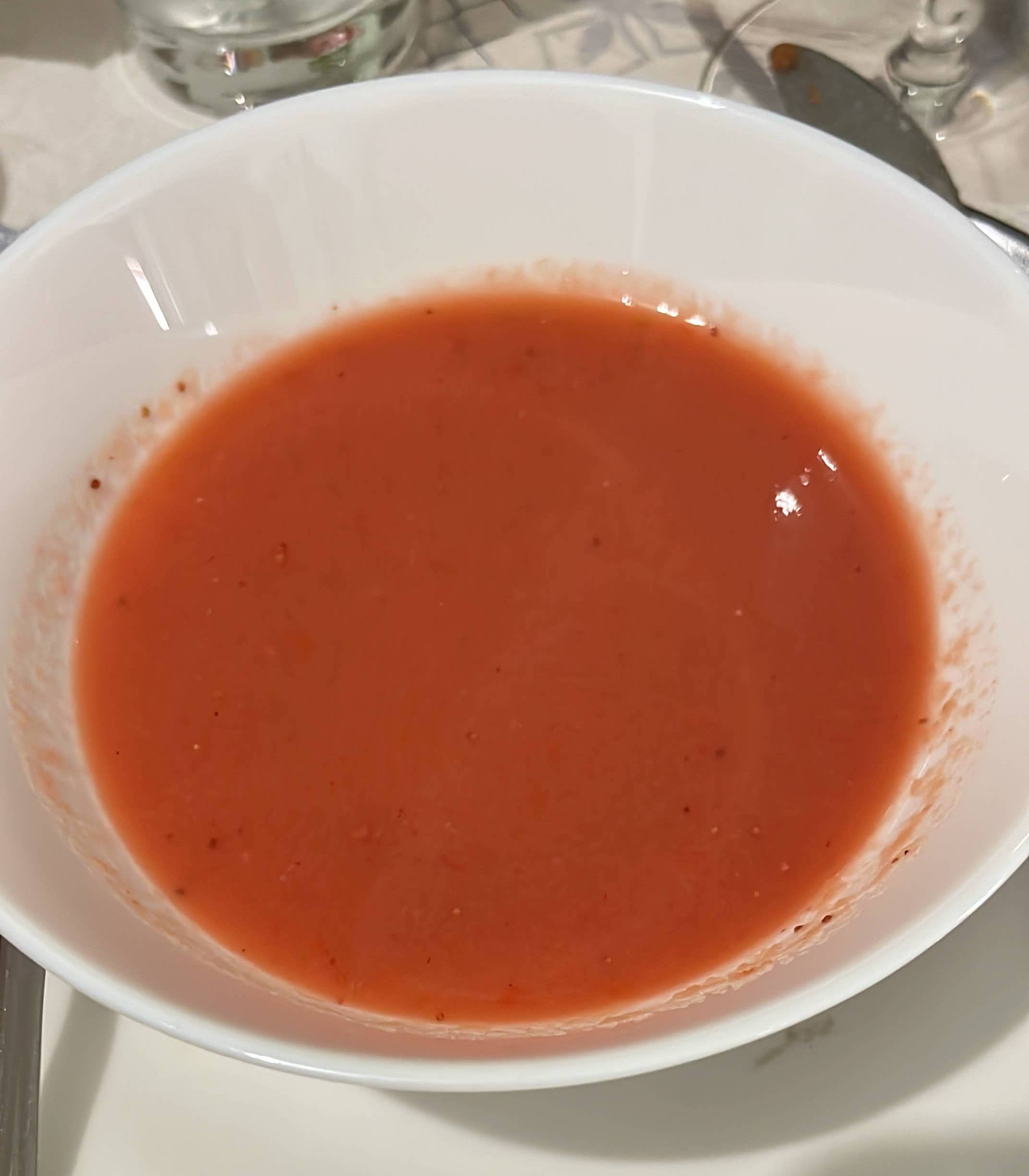
If lunch is eaten at home, it is very common to have gazpacho or salmorejo as the main drink. Both are cold tomato-based drinks that I bet you will find in 99% of Spanish homes. It is also very common for people to eat lunch at restaurants where they enjoy the “menú del día” (menu of the day).
“El menú del día” is affordable, you can get a very full meal for less than 15 euros. It usually consists of three main courses:
Appetizer, mainly a small plate of salad or soup.
The main course, people may have lentils or any meat with potatoes.
Dessert, it is very common to get some yogurt, fruit, or ice cream.
Important fact! We always eat lunch with a piece of bread. In smaller cities, you can always, always see how older people go out of their way to get fresh bread for lunch.
After lunch is over there are two habits. The “sobremesa” which is having long conversations with your family or co-workers after eating. This custom is so typical that the singer C.Tangana used it as a theme for his Tiny Desk performance. The second option is “la siesta”. We are very famous for the last custom even if it is almost a myth.
4. La Merienda or Mid-afternoon Snack
I think this is my favorite meal of all because it has a social meaning behind it. Doesn’t matter what is your status: student, worker, single, married, etc; “la merienda” is the moment when you meet with people and catch up. This meal is a mid-afternoon snack that warms up our bellies before our very late dinner.
“La merienda” is usually eaten between 17:30-19:00 at home, bars or coffee shops.
By now you might have noticed we are fans of pastries, this mid-afternoon snack is no exception.
This are some of the things we eat as “merienda”:
- Chocolate con churros
- Napolitanas or garroticos (my very favorite)
- Coffee
- Beer
“Meriendas” are usually a sweet meal, and its the one kids NEVER skip.
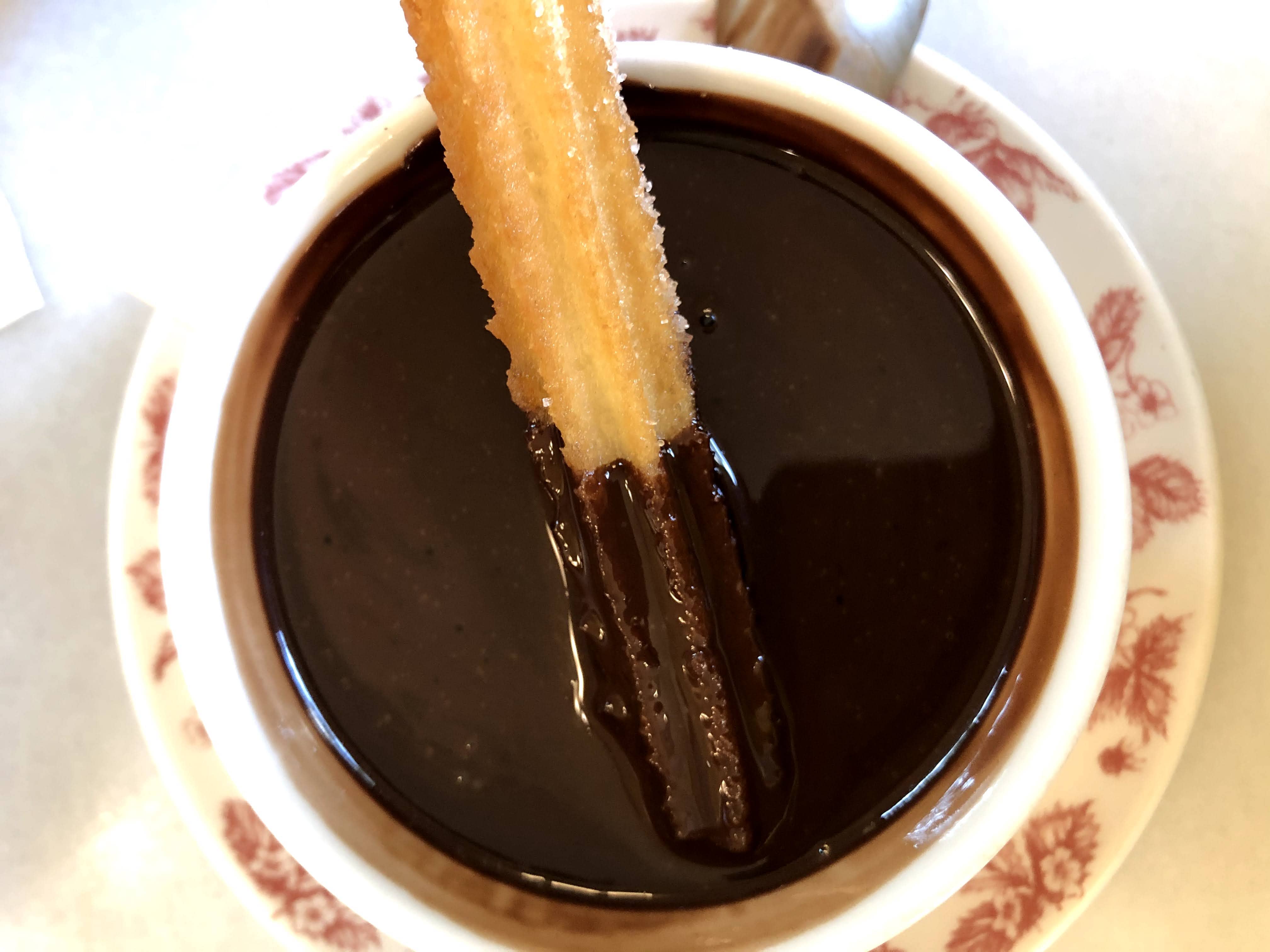
5. La Cena or Dinner
The final meal. The cherry on top. “La cena”.
Spanish people usually eat their dinner between 21:00- 23:00 at home or bars.
This meal is pretty light consisting of salads, sandwiches or tapas. Tapas or, pintxos as they’re called in northern provinces, are traditional appetizers found in every bar across Spain. A combination of tapas can make a full, fun dinner of a variety of flavors.
Pamplona, a city in Navarra, has an specific day for people to go out and get pintxos for dinner. Each thursday of everyweek, people in this city would gather in the old town to do some bar-hoping and get a taste of a variety of tapas for less than 20 euros.
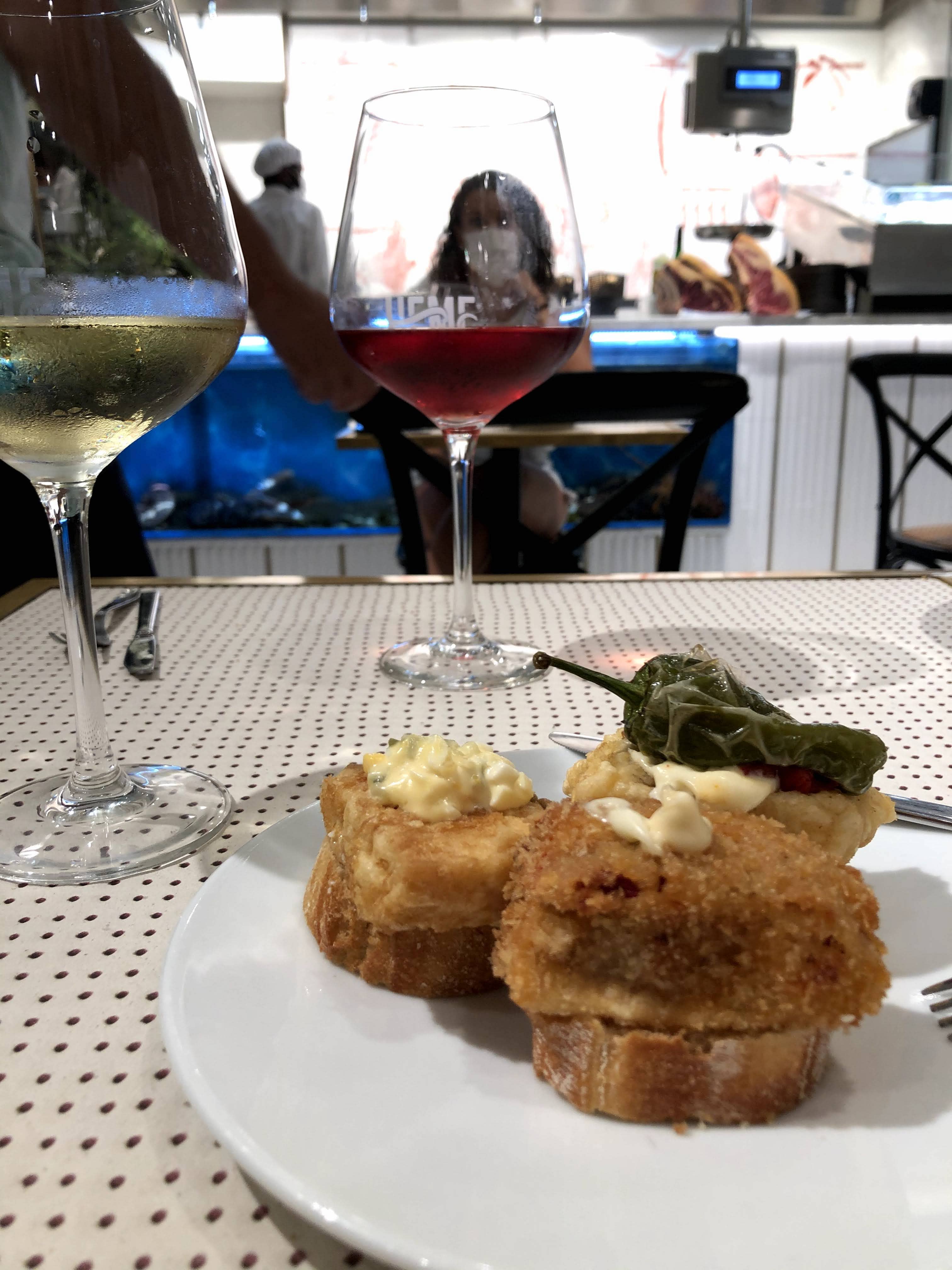
Hungry? Me too. As you can see, meal times in Spain are no joke and we pretty much respect each one of these.
In my opinion the 3rd and 4th meal are the most important ones because you share them with people. While the “almuerzo” is the middle of work day, “la comida” gives you enough time to eat slowly, rest and catch up with colleagues or family. Then, “la merienda” gives you the space to meet with friends for a long chat after work and before dinner.
In Spain we are full of unique traditions, some of them fun, some not so much but here you will find out more about them.










